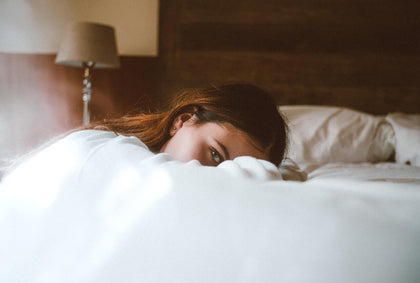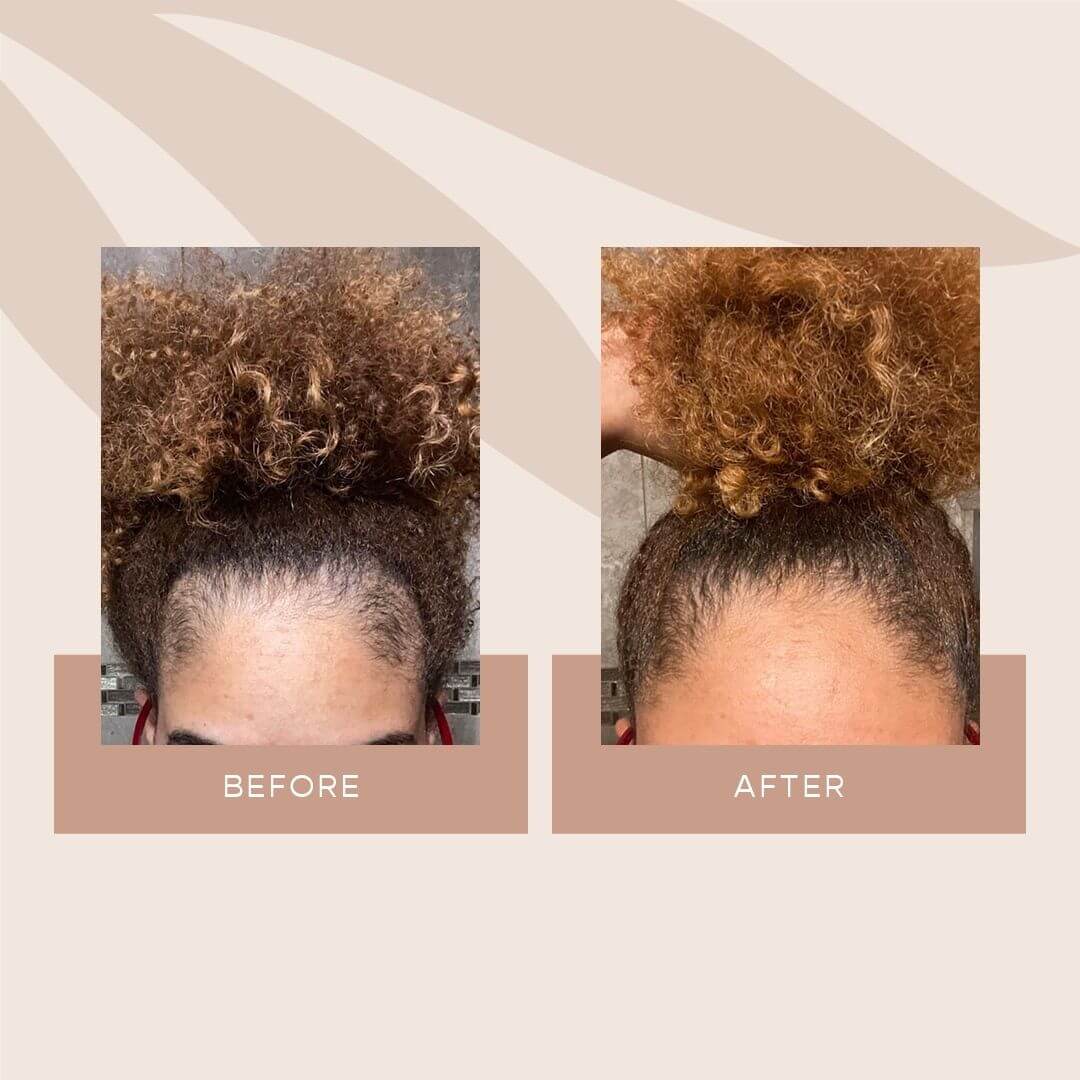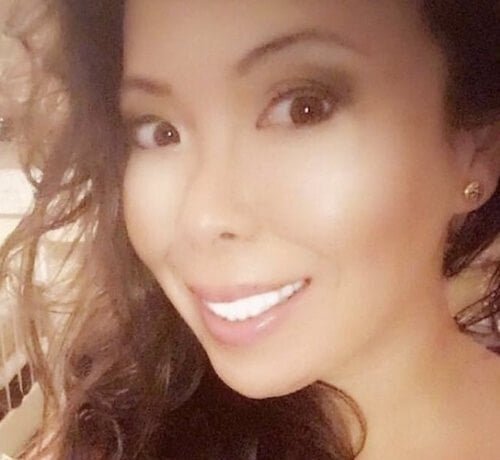When it comes to hair issues, including thinning, shedding or actual loss, hair loss doesn’t discriminate. And whether you’re a man or woman, young or old, experiencing any sort of hair loss can be a cause of embarrassment and anxiety.
From prescription medications to over-the-counter remedies, plenty of options are available to prevent and quell hair loss. However, some of these treatments also have the potential of unwanted and, in some cases, severe consequences, drug interactions and side effects.
One such example is Finasteride, also known as Propecia. Here's how finasteride therapy works and the potential side effects when considering it, plus information on natural products you can use to combat thinning hair instead.
#include-related-slider#
The Origins of Finasteride (Propecia)
Finasteride is an oral prescription drug that was introduced in 1992 to shrink an enlarged prostate.
Its origins, however, began in 1942 when Yale University anatomist James B. Hamilton observed the effects of sterilization on young male patients at the Winfield State Training School, a residential institution for mentally disabled boys and men.
Hamilton observed that the adult twin sibling of one of the men was bald, while his castrated brother retained a luxuriant head of hair. Ultimately, Hamilton made the key connection that male balding requires both a genetic predisposition and testosterone.
Approximately three decades later, Julianne L. Imperato-McGinley of Weill Medical College of Cornell University, New York, studied a population of intersex or sexually ambiguous children in the Dominican Republic who developed male sexual characteristics at puberty, around age 12.
Within these clinical trials, as these children grew into male adults, they matured with small, underdeveloped prostate glands and did not exhibit the indicators of male pattern baldness. This landmark study uncovered a genetic mutation that lowered levels of dihydrotestosterone, which is also known as DHT.
Related: The Best DHT Blockers to Grow Hair and Reduce Hair Loss
Finasteride Today
In 1975, drug giant Merck, under the code name MK-906, began the process of developing a drug, finasteride, to treat prostate enlargement that would mimic this mutation. In 1998, the drug received approval to treat male pattern hair loss and is considered an anti-androgen.
Today, finasteride is also prescribed to women (with some caveats) for hair loss, only at a higher dosage than what's prescribed for men. In these cases, a finasteride treatment is usually paired with another anti-androgen, often an oral contraceptive, in an oral tablet. Clinical studies of oral finasteride to treat female pattern hair loss are limited, often involving fewer than 50 outpatient participants because of the dangers the drug presents to women. Early studies have established that the effective dosage for males was not effective in treating hair loss in women.
Transgender women now may choose to use this drug in tandem with estrogen to suppress masculine characteristics, including coarse, dark facial and body hair along with a deeper voice. This is interesting because any development of pattern hair loss — in men, women and trans women — is called virilization or the activity of male hormones.
Finasteride works by targeting DHT, a form of testosterone in the scalp that attacks hair follicles. Because finasteride is used to address DHT, it will not work for other forms of hair loss, such as hair loss due to chemotherapy, stress, side effects of medication or hypothyroidism.
Finasteride Side Effects
While finasteride is proven to have positive results when it comes to treating hair loss, it also comes with the potential of adverse effects — some of which can be quite serious. The potential side effects of finasteride include:
- Sexual dysfunction, including erectile dysfunction
- Testicular pain
- Difficulty breathing
- Skin swelling
- Decreased or limited sexual function
- Ejaculation disorder
- Irritation or severe allergic reaction
- Abnormal ejaculation
- Male infertility
- Breast cancer, including male breast cancer
Taking Finasteride in an oral tablet may also affect a woman's breast tissue, according to the Mayo Clinic. Dosage tolerances for women are currently under study. Some studies in which women took 5 mg of finasteride daily resulted in those women having denser, thicker hair, but they suffered from breast tenderness, excessive body hair growth and decreased libido. A daily dose of half that potency, 2.5 mg, is currently being studied for effectiveness.
As always, talk to your doctor before starting any sort of new medication and seek emergency medical help should you experience any of the above effects.
Related: What You Should Know About PRP for Hair Loss
Problems in the Bedroom
Shortly after the release of the drug, complaints from male finasteride users followed, reporting side effects ranging from sexual issues including breast enlargement and tenderness, hives or welts, skin rash, chills, cold sweats and confusion. Additionally, a newly emerged phenomenon, post-finasteride syndrome, is currently under study. PFS is characterized by the persistence of side effects long after the drug is no longer taken.
In 2016, Merck was a defendant in approximately 1,370 product liability lawsuits, which had been filed by customers alleging that they had experienced persistent sexual side effects after ceasing treatment with finasteride.
Also: Side Effects of Minoxidil Explained
High Risk of Birth Defects
The risks for women are far more dire than issues in the bedroom. Finasteride is a teratogenic drug. So if you get pregnant while taking it, it may cause birth defects, specifically to the healthy genital development of boy babies.
In fact, the Mayo Clinic advises that pregnant women — or those who may become pregnant — should not handle crushed or broken finasteride tablets because the drug can be absorbed through the skin. Any contact with the drug under these circumstances should be immediately followed by a thorough washing of the area with soap and water. If you are a woman considering taking this drug, be sure to tell your doctor of your current status regarding fertility and contraception.
Finasteride is typically not prescribed to pregnant women. Women in their childbearing years are strongly cautioned to employ the most effective birth control methods possible, including doubling precautions, such as pairing a birth control pill with another method such as a condom.
Read: Minoxidil Didn't Work for Me But This Did
Natural Wonder: Thicker, Fuller Hair Without Side Effects
Here’s the good news: Natural alternatives exist for healthier-looking hair. Best of all, opting for products that make use of the power of plants — rather than potential toxins — means you can score the visibly thicker and healthier-looking hair of your dreams without worries.
Skip the potentially harmful side effects and toxic chemicals with GRO+ Advanced Hair Serum. Treat your tresses to plant-active ingredients that deliver results of visibly thicker, fuller-looking locks. Apply the vegan, cruelty-free serum daily for best results to achieve fuller-looking hair in as soon as 90 days, with peak results in around four months.
Is Taking Finasteride Worth It?
While it may be able to address female hair loss, finasteride is a drug that has a host of possible side effects, including some that are severe. And while it may be possible to purchase finasteride online under various brand names, or as a generic, without a prescription, it's not wise. Instead, always seek the guidance of a trusted doctor to provide medical advice when seeking any prescription-based drugs to help treat hair loss issues.
#include-related-slider#
Holistic Habits for Hair Wellness
Take your hair wellness (and overall health) to the next level by integrating other holistic habits into your daily lifestyle. Practice mindfulness, meditation or yoga; eat a clean diet; incorporate supplements such as GRO Biotin Gummies for Hair for an added boost of essential vitamins, minerals and nutrients; and, finally, prioritize self-care for the most important person and relationship in your life: You and your health.
More From VEGAMOUR
- 10 Vitamin Deficiencies That Can Cause Hair Loss
- Can Dehydration Cause Hair Loss?
- 6 Tips for Styling Thin Hair
- Spironolactone Side Effects Explained
Photo credit: Bruno van der Kraan/Unsplash
Back



















